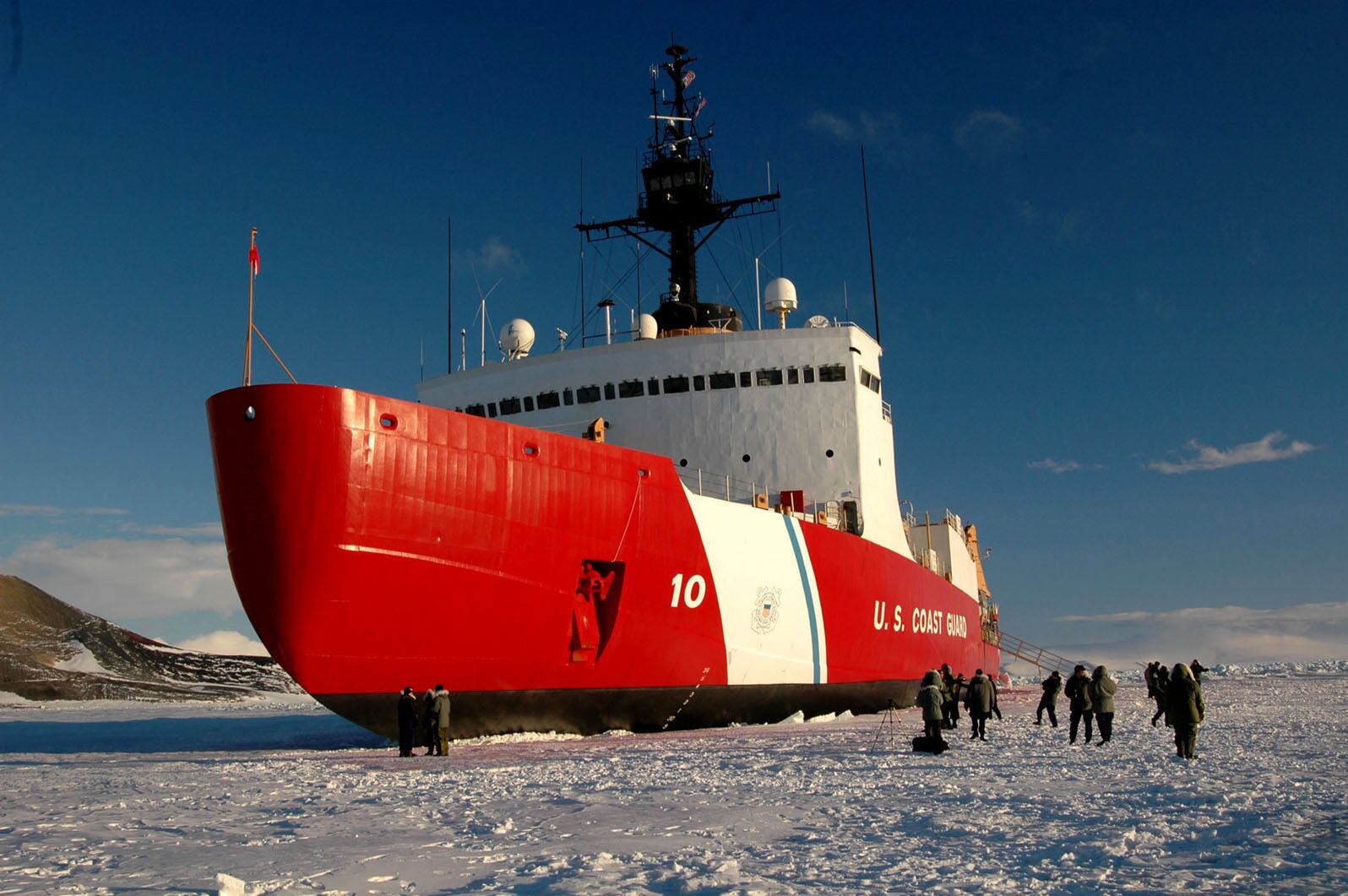WASHINGTON – The U.S. Coast Guard’s top officer announced Thursday that the service is set to release its request for proposals as early as March 2 for its long-awaited heavy icebreaker replacement.
Adm. Paul Zukunft told an audience at the annual State of the Coast Guard address that the RFP will go out to five potential vendors and will be a comprehensive set of requirements and specifications for the new cutter.
“We need the first one in the water by 2023 so we are on an accelerated timeline,” Zukunft told a group of reporters. “We are still predecisional on the ‘19 budget. But we’re optimistic that this isn’t just a request, but that the funding is there to match it. Now, this is just the first one, we’re looking at a fleet of six, but this gets the ball rolling. We’ve been working this for 20 years now, but we’re getting out the the starting blocks and we need to sprint.”
RELATED

The Coast Guard is looking to build a fleet of three heavy and three medium icebreakers in the coming years.
Zukunft also left open the possibility that the Icebreaker will need to be armed to counter Russia’s increasing presence in the region.
“We need to build some modularity into this; so maybe you don’t need it up front, but one example is: We need to weaponize the heavy icebreaker,” Zukunft explained. “As you look at what is Russia’s intent in the Arctic, are they going to oppose U.S. presence in the Arctic? Can we use another tool other than submarines? Do we need some surface assets? And right now the only thing we have that can operate in an ice environment other than submarines will be these icebreakers.”
The Coast Guard’s one remaining active icebreaker, the Polar Star, was commissioned in 1976 and requires near constant maintenance to keep it running. The service estimates it can get five more years out of it, which has created an intense timeline to design and build its replacement.
Defense News Editor Jill Aitoro contributed to this report.
David B. Larter was the naval warfare reporter for Defense News.








